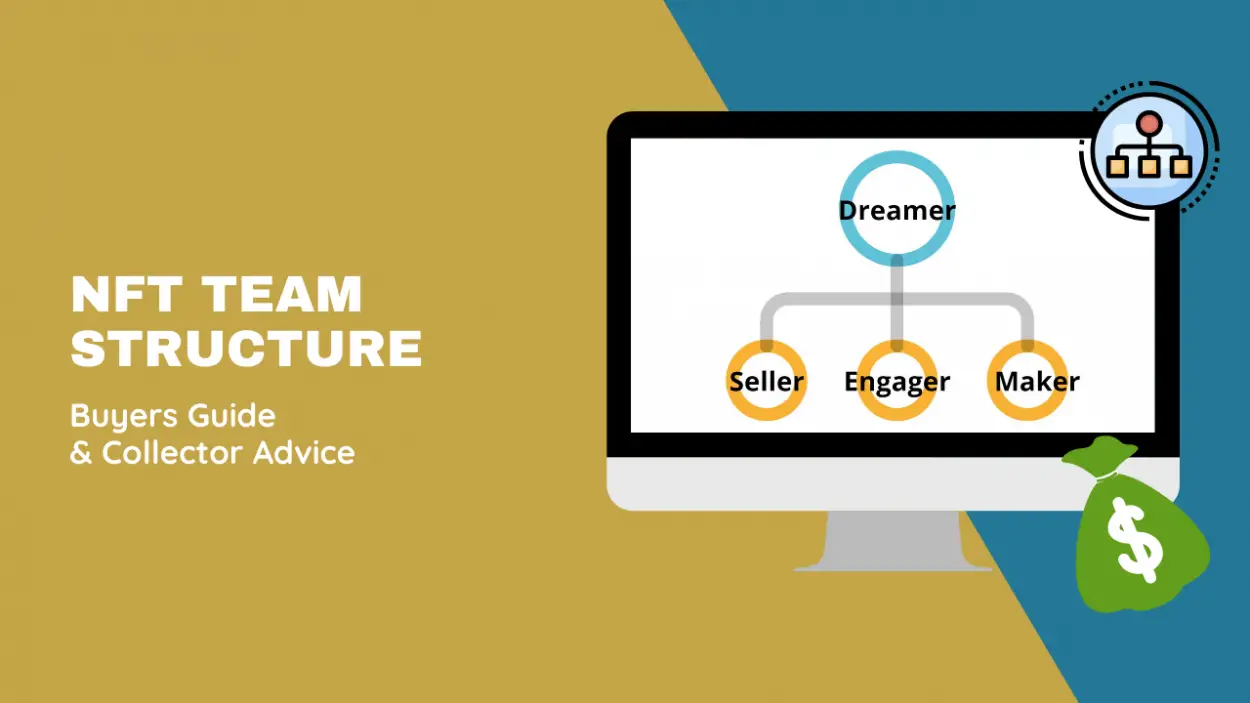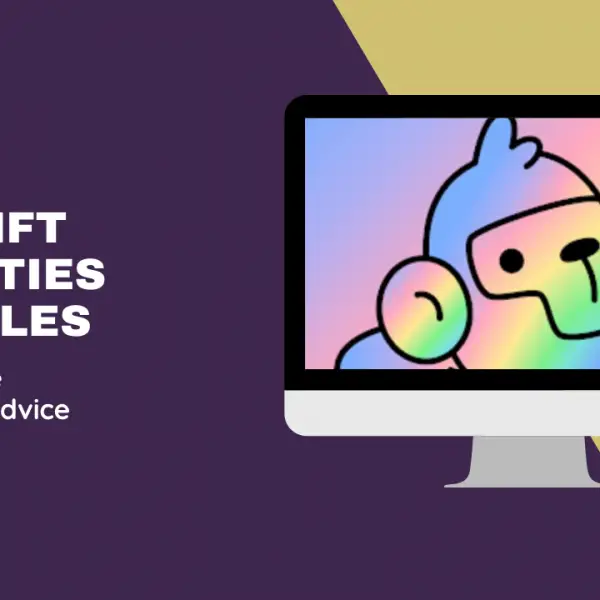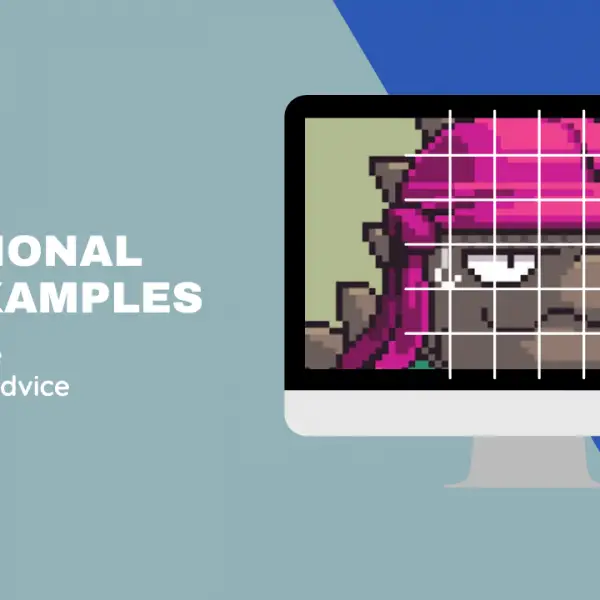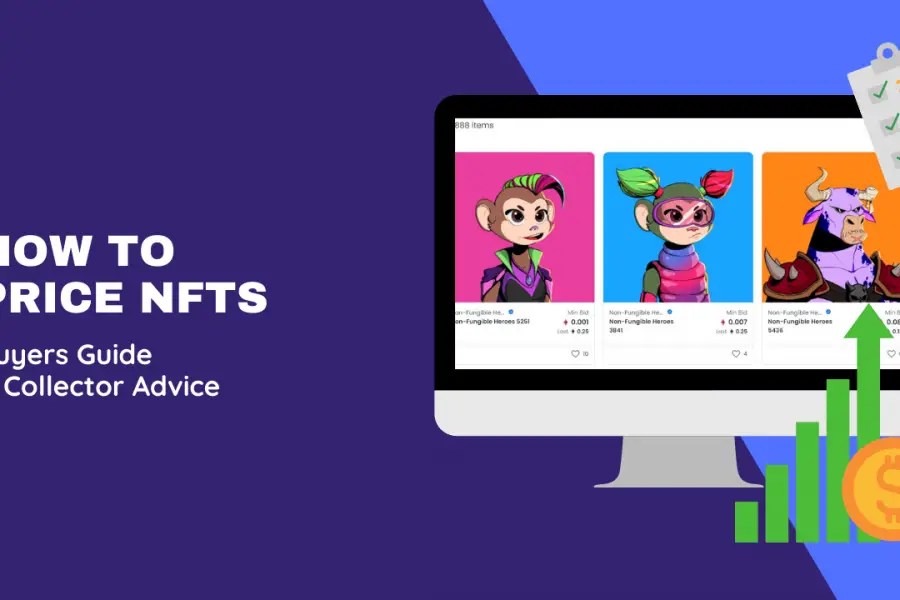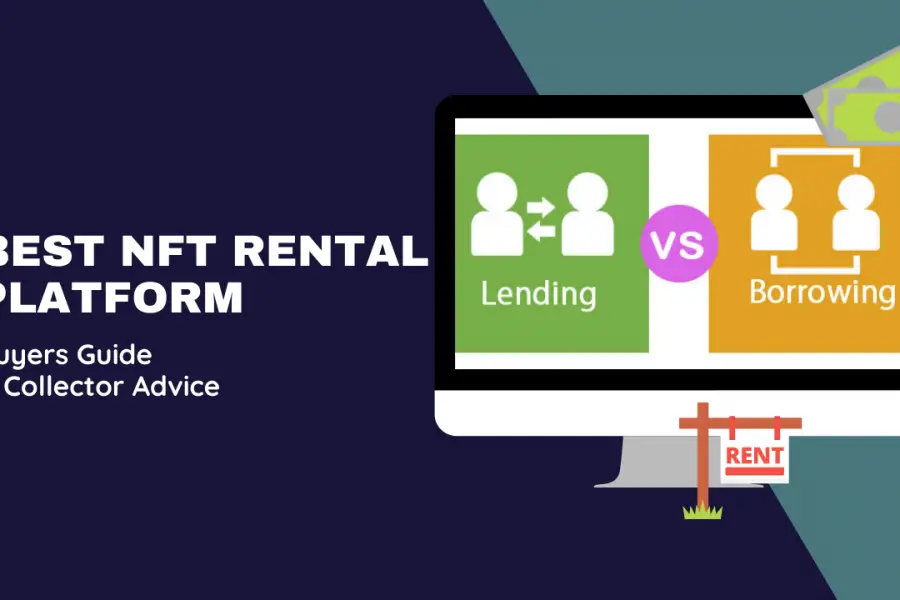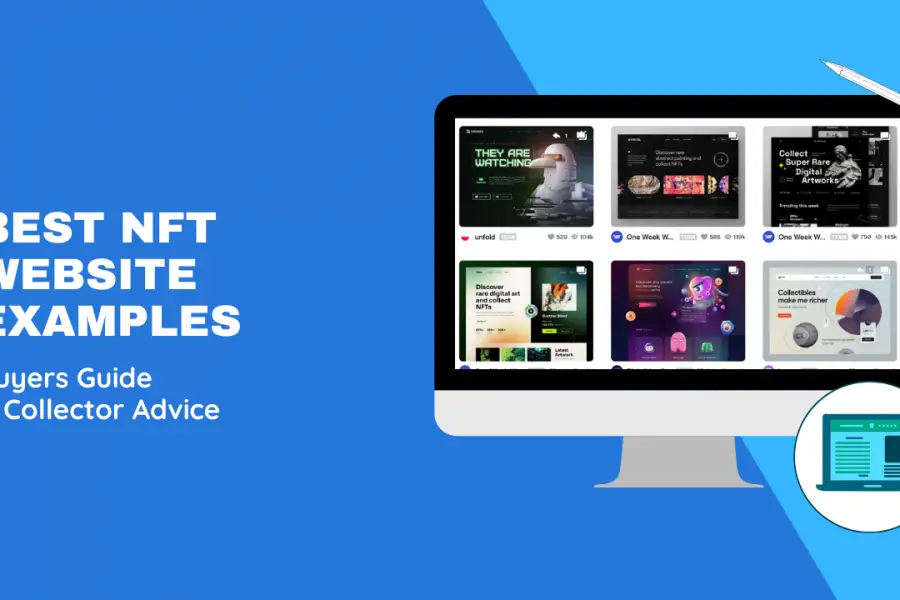We will take you through how to build an NFT team from scratch and which nft project team structure works best for where you are in the journey.
It largely depends on whether you are getting ready to launch an nft or already launched an nft and looking to grow. We share 4 of the critical roles you need to build an nft team and outline responsibilities for over 20+ roles you may need in the future.
Let’s dive in:
What’s the Best NFT Project Team Structure?

Creating an nft team starts with having key teammates take on the tasks of selling, engaging, making, and dreaming. Roles such as Product marketing managers, community managers, web 3.0 software engineers, and founders make up an NFT’s project team structure.
Smaller teams between 1 and 3 teammates work best when first launching an nft project due to financial limitations and the necessary communication to deliver on roadmap promises properly.
In addition, a flat organization structure allows for quick feedback loops and the ability to pivot or adjust when necessary.
However, when the nft project starts to grow, it’s essential to increase the number of teammates to 4 to 6 and switch to a hierarchical organization when scaling.
What Roles Are Essential for Building an NFT Team?
There are four critical roles when building an nft team and launching your first nft. It would help if you filled each of these to succeed and have a smooth launch.
It comes down to understanding what activities and types of people you need to build relationships with to get all the pieces lined up.
Let’s dive in:
1. The Seller – (Product Manager/Strategist/Marketer)
Responsible for promoting the nft project to new audiences via multiple channels. For example, coming up with roadmap items that integrate nft
Holders’ ideas add utility to the project, so their volume increases over time.
2. The Engager – (Community Manager/Social Media Manager/Event Coordinator)
Responsible for fostering a growing community that’s valuable and welcoming to newcomers while introducing exclusive events both in the physical and digital world. Channels like Twitter Spaces, Discord, and email lists are the primary vehicles to engage nft holders.
3. The Maker – (Artist/Graphic Designer/Illustrator/Animator/Developers)
Responsible for creating, building, and making different artwork assets, both physical or digital, like collectibles, merchandise, nft websites, etc., worth investing in for the long run. These individuals help make each non-fungible token unique and visually tell a story or capture a message.
4. The Dreamer – (Founder/Owner/Investor)
Responsible for the nft project providing a clear vision to work towards, leadership both within the team and out. Owners also provide the financial investment necessary for the nft project and handle the critical decisions necessary to keep the team moving forward.
Best NFT Team Responsibilities and Roles List
What are all the roles available on an NFT Team? Whether you are joining a new NFT team or starting one, these are the roles you could expect and when you should consider hiring for them.
Depending on which skillset you are good at and what the project calls for, you could be a good fit. However, not every nft project allows you only to do one role. Some nft projects seek individuals who can do more than one role or ‘wear multiple hats.
| NFT Team Roles | Responsibilities | When to Hire |
| Advisor | Helps to prevent mistakes and sets strategic goals for nft project. | Before Launch |
| Animator | Makes art with motion and movement combining multiple images. | After Launch |
| Art Director | Sets creative vision and in charge of overall direction of nft art work. | After Launch |
| Artist | Makes physical or digital artwork for sale using many methods. | Before Launch |
| Blockchain Builder | Codes smart contracts and introduces new features via roadmap. | Before Launch |
| Business Development | Connects with potential partners and promotes the nft projects longevity. | After Launch |
| Community Manager | Manages all communities both physical and digital to engage the followers. | Before Launch |
| Graphic Designer | Creates all designs from logos, web page wireframes and design tokens. | Before Launch |
| Developer | Generalist who code and programming language to accomplish goals. | Before Launch |
Read more about hiring within the nft space: How to Hire An NFT Artist Smartly | Utlimate Guide
Which NFT Team Roles Can Be Combined?
Wearing multiple hats is necessary when working on a small, agile team. Some roles need to be combined since they require similar skill sets.
For example, a graphic designer may also do product marketing manager-related tasks. Or a community manager may also do social media manager-related tasks.
It’s encouraged to learn all that you can to do related tasks as that will help make the nft project more profitable and even more exciting to work on for the long run.
How Many Employees Should Be On Your NFT Team?
When analyzing multiple nft projects using public data, we found that an NFT team has 4 to 6 employees who work full time or part-time, depending on those private agreements.
The most significant number of teammates for an nft project is 16, and some teams skew larger around 11 to 10.
However, lean and agile teams are more common, especially when the nft project is getting ready to launch.
So when first starting, you’ll want to keep the size of your team small, between 1 to 3, and while you grow in resources and after launching, you’ll want to grow to a max of 6.
Best NFT Team Metrics To Use For Decision Making
Identifying the ideal team size comes down to understanding how many roles are essential and available while considering financial limitations.
A helpful metric that helps determine if you have too many team members or far fewer than what’s needed is ‘teammates per volume traded.’ Similar to a sales per employee ratio, we use teammates per volume traded ratio to analyze, indicating how expensive a project is to run.
The higher the number of teammates per volume traded is better because it shows which projects have high demand and don’t rely on a large number of teammates to maintain it.
| ProjectName | URL | Teammates | Volume Traded | Teammates Per Volume Traded Ratio |
| Azuki | https://www.azuki.com/ | 5 | 174.5K ETH | 34.9 |
| Doodles | https://doodles.app/ | 3 | 100.9K ETH | 33.6 |
| Dippies | https://www.dippies.io/#team | 4 | 7.6K ETH | 2.5 |
| Karafuru | https://karafuru.io/ | 6 | 38.8K ETH | 12.9 |
| WonderPals | https://www.wonderpals.com/ | 3 | 9.8K ETH | 3.3 |
| 3Landers | https://3landersnft.com/ | 4 | 28.6K ETH | 9.5 |
| Antonym: GENESIS | https://www.antonymnft.com/ | 4 | 8.7K ETH | 2.9 |
| DEGEN TOONZ COLLECTION | https://degentoonz.io/ | 2 | 7.2K ETH | 2.4 |
| Starcatchers | https://www.starcatchers.io/ | 11 | 7.8K ETH | 2.6 |
How Lean or Large Should the NFT Project Team Be?
Deciding on the size of your nft team becomes an important choice. However, it’s never final. Your team will evolve, grow or even shrink at times. Here are two nft business models you can get started with today:
1. Lean Start-Up (Starter NFT Team)
All you need to get started on an NFT project would be the following three roles:
Product manager, Graphic Designer, and Founder/Owner
2. Small Business with Outsourcing (Established NFT Team)
However, once your team starts to grow. You’ll have financial backing, you can expand towards outsourcing necessary additions to the team:
Hiring an nft development team, nft marketing team, or even hiring nft influencers.
Flat vs. Hierarchical Organizational Structure for NFT Teams
Did you know Amazon had a mantra when first starting their company? The “two-pizza team” suggests that you need to aim for a number you could easily feed with only two pizzas to be an innovative and agile team. In the nft space, especially when starting.
Although you want to keep your team small, around 6 to 8, it is essential to establish an organizational structure that makes sense for your project.
For example, a flat organization provides quick feedback loops across the team, while hierarchical organizations tend to be more siloed and specialized.
Flat organizations: They can have some drawbacks, unlike hierarchical organizations. Since you lack a specific boss, it blurs the line between responsibilities creating confusion on who needs to do what and can lead to power struggles in the long run.
Hierarchical organizations: Offer the opportunity to provide clarity on responsibilities and the overall mission of the nft project. You’ll find that teammates become more specialized than generalists and have higher job satisfaction.
How To Structure Your NFT Team By Maturity

Depending on the organization’s maturity, you can change the structure whenever you see fit.
Typically smaller teams start by using a flat organization structure, and while the project becomes more profitable and requires more resources, they switch to a hierarchical organization.
For the first year and launching of an nft project, a small, agile team with a flat organization works well because everyone can move quickly in executing a smooth launch.
However, in years 2 to 3 of an nft project, that’s when the collection is well known and established; it should move to a hierarchical organization to start scaling and expanding.
For example, having an events coordinator on the team who specializes in planning the nft holder outings would be a far more effective way to use the team’s resources than having the entire team lead the effort.
Why The Best NFT Team Structure is Small
While teammates help increase productivity and allow for more opportunities to grow your nft project, they also become overhead or a cost that can quickly become out of control.
Keeping an nft team lean reduces overhead costs and makes for more rewards for those who are a part of it from the beginning.
The four critical roles essential for an nft team come down to knowing who’s strengths line up best with the needed activity or task. So, for example, you wouldn’t want a developer to be your ‘Seller.’
If you’ve enjoyed reading about how to build an nft team, you may also like:
